Senji, immortalized by Desing’s ballad, still pouplar in South India, is a significant place in the Tamil country. Successivly occupied by the Hindus of Vijayanagar, the Nayakas, the Muslims of Bijapur, the Marathas, the Mughals and finally by the French in 1750, it was, at the end of the 16th century, one of the biggest cities of the peninsula. The fort is particularly interesting for students of military architecture, because it is the only one in India where a full sequence of the devence systems used in the subcontinent, from the Vijayanagar period to the European conquest, can be observed. It is also the only one where we can follow, for at least four centuries, the adaptation of defence systems to the progress of artillery. This study is an attempt to make an analysis of both the written documents and of the archaeological investigation; it is an essay at the junction of several disciplines (archaeology, history and human geography), trying to show the evolution of the defence systems of the stronghold, the development of the urban center, as well as the different aspects of water and grain storage which are at the root of its surprising growth. The book abundantly illustrated with 44 line drawings and 334 photographs, is the result of several yeas research during which teams of architects were employed to draw the plans of the main buildings and of the different enclosures of the fort.
Senji (Gingee): A Fortified City in the Tamil Country
In stock
Free & Quick Delivery Worldwide
reviews
Bibliographic information
Title
Senji (Gingee): A Fortified City in the Tamil Country
Author
Edition
1st ed.
Publisher
ISBN
2855396603
Length
391p., Maps; Plates; Figuers; Tables; Appendices; Bibliography; Index; 29cm.
Subjects

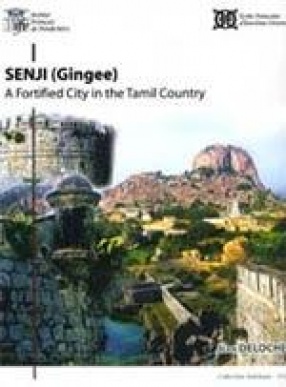
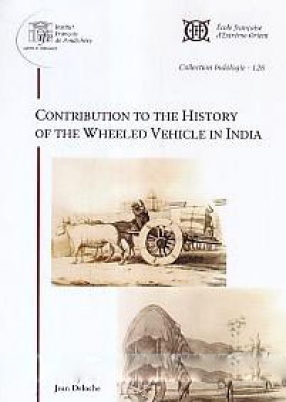
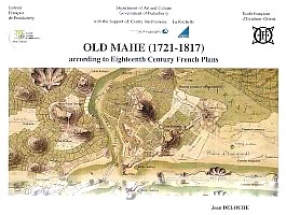
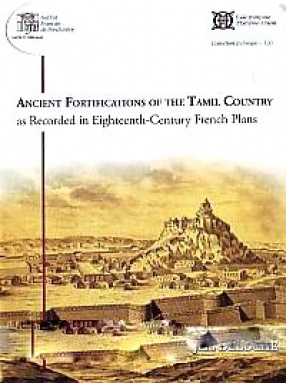

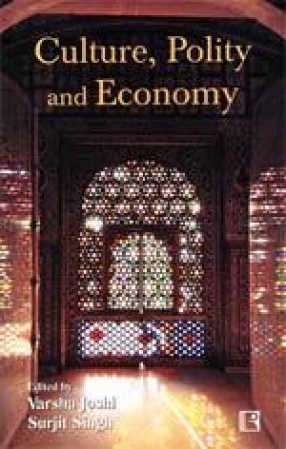

There are no reviews yet.